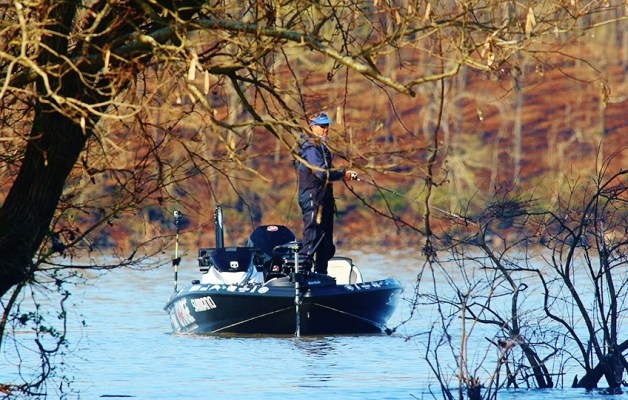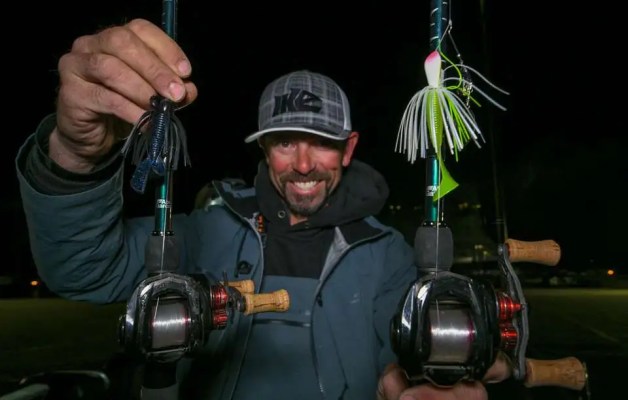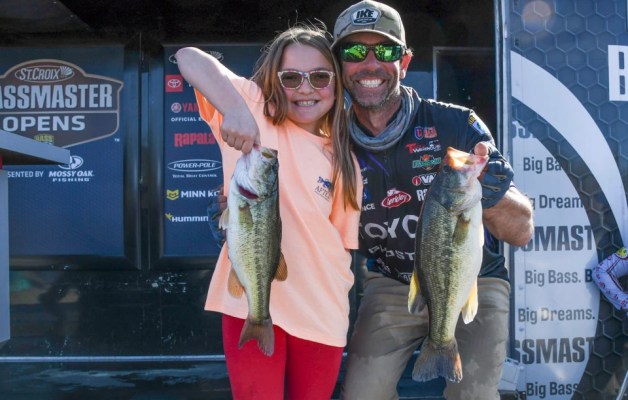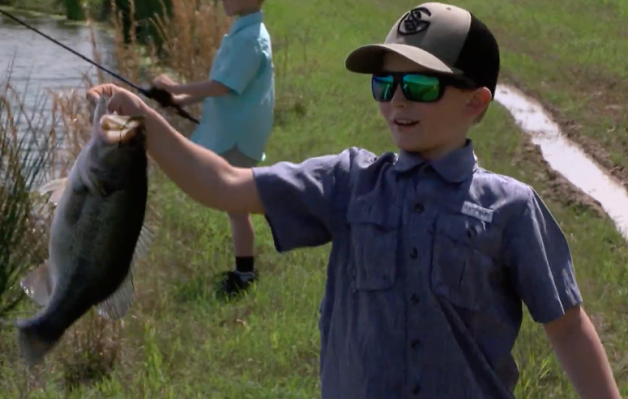
It was the fall of 1977, B.A.S.S. was going on 10 years old, and the tournament triumvirate — Ray Scott, Bob Cobb and Harold Sharp — decided it was time for the Tournament Trail to slip the sultry bonds of southern reservoirs and venture northward.
They chose the Thousand Islands stretch of the St. Lawrence River between New York and Ontario, and if the B.A.S.S. pros balked at driving all the way from Alabama and Georgia to Upstate New York, they were ecstatic to discover their new favorite fishery. Smallmouth bass were feisty and numerous, and — because local anglers targeted muskies, walleye and salmon over black bass — incredibly easy to pattern.
That first New York Invitational, along with the 1980 Bassmaster Classic and the exposure it generated, put the underappreciated bass fisheries of the St. Lawrence and the adjacent Lake Ontario on everybody’s bucket list.
Forty years later, the St. Lawrence has gone from good to great to incredible. Witness the SiteOne Bassmaster Elite there last July, when Ontario’s Chris Johnston came close to earning a Century Belt with 97 1/2 pounds … on a smallmouth fishery!
And the St. Lawrence isn’t even the best the Great Lakes region has to offer. Check out Steve Quinn’s roundup of the “Greatest Great Lakes Destinations” in the April issue of Bassmaster Magazine, and you’ll see what I mean.
It’s amazing that these North Country fisheries continue to give up trophy smallmouth and heavyweight limits considering the enormous fishing pressure they receive.
After making an annual pilgrimage to Lake Erie and, more recently, Lake St. Clair, over the past 20 years, B.A.S.S. Conservation Director Gene Gilliland has seen the effects of publicity on those waters.
“When we began fishing there, we would go in the spring, prespawn for smallmouth, and 90% of the other fishermen on the water were after panfish or walleye,” Gilliland says. “Now, as soon as the ice goes out on those lakes, you’ll find bass fishermen there from all over the country.”
Amazingly, the extra angling effort hasn’t hurt the fishing, Gilliland adds.
More than offsetting the negative effects of fishing pressure are two environmental threats that have turned out to be boons for bronzebacks: invasive aquatic species and climate change.
Non-native zebra mussels wreak havoc by clogging pipes and damaging boats and docks, but they have filtered the water enough to promote vegetation growth. And they provide a food source for smallmouth’s new favorite entrée, the round goby.
First found there in numbers in the 1990s, the invasive round goby has spread throughout the Great Lakes and is now the No. 1 cause of obesity in smallmouth. They’ve also changed fishing patterns, says Gilliland.
“Before gobies became a factor, you fished for roaming schools of smallmouth that chased some sort of baitfish, such as emerald shiners or yellow perch,” he explains. “Going back 20 years, you’d drift for miles, dragging a tube jig.
“But gobies are homebodies, and they stay where the food supply is, mainly zebra mussels. Now, you fish rockpiles, and you fish vertically.”
And if you really want to catch ’em, you get good at “video game fishing” by mastering today’s superadvanced electronic fishfinders.
Whatever the cause of climate change, it’s undeniable that temperature trends are climbing. Gilliland said a state biologist he met with in Clayton, N.Y., last summer told him their sensors in Lake Ontario and the St. Lawrence River registered “the highest water temperatures anybody has ever seen there.”
Gradually warming water is affecting vegetation growth and causing changes in the food chain, both in ways that benefit smallmouth while hurting some of the “bread-and-butter” species like walleye, he notes.
For all those reasons, according to an article Quinn coauthored with Al Lindner recently, we have entered “the Golden Age of Smallmouth Bass.” Judging from what we’re seeing in Great Lakes fisheries, I’d say they’re right.
(By the way, Gilliland urges anglers not to even think about transporting gobies to new waters. First, they’re an invasive species; second, that’s illegal; and third, they’re nest-robbers.)





